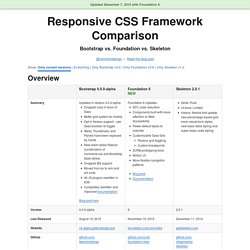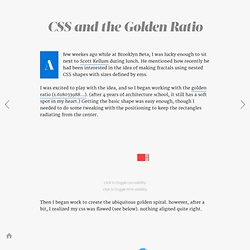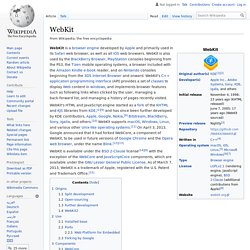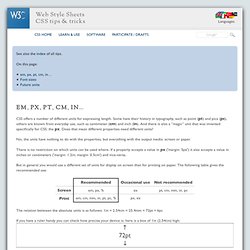

Responsive CSS Framework Comparison: Bootstrap, Foundation, Skeleton. Bootstrap 4.0.0-alpha is a fairly large update to the framework.

It has dropped Less support in favor of Sass, converted from px-based to rem-based sizing, improved its grid system, and dropped IE8 support. Also, all its JS plugins were re-written in ES6, it now uses a customized reset CSS file called Reboot, and offers flexbox support via a Sass boolean variable. In addition to this update, Bootstrap now offers themes at themes.getbootstrap.com. Also, Bootstrap will continue supporting version 3, unlike the dropping of version 2 support after the release of version 3. CSS and the Golden Ratio. A few weekes ago while at Brooklyn Beta, I was lucky enough to sit next to Scott Kellum during lunch.

He mentioned how recently he had been interested in the idea of making fractals using nested CSS shapes with sizes defined by ems. I was excited to play with the idea, and so I began working with the golden ratio (1.618033988...). (after 4 years of architecture school, it still has a soft spot in my heart.) Getting the basic shape was easy enough, though I needed to do some tweaking with the positioning to keep the rectangles radiating from the center. click to toggle css visibility click to toggle html visibility. WebKit. WebKit is available under a BSD-form license[11] with the exception of the WebCore and JavaScriptCore components, which are available under the GNU Lesser General Public License.

As of March 7, 2013, WebKit is a trademark of Apple, registered with the U.S. Patent and Trademark Office.[12] Origins[edit] According to Apple, some changes involved OS X-specific features (e.g., Objective-C, KWQ,[15] OS X calls) that are absent in KDE's KHTML, which called for different development tactics.[16] Split development[edit] The exchange of code between WebCore and KHTML became increasingly difficult as the code base diverged because both projects had different approaches in coding and code sharing.[17] At one point KHTML developers said they were unlikely to accept Apple's changes and claimed the relationship between the two groups was a "bitter failure".[18] Apple submitted their changes in large patches containing very many changes with inadequate documentation, often to do with future additions.
Emmet — the essential toolkit for web-developers. Bootstrap. SASS. Interview Questions and Exercises About CSS. Ten things you should know about CSS (that I wish I knew when I started)Life on Lars. Over the years I’ve had quite a few eureka moments when it comes to CSS, when pieces fall into place and I realise a much better way of doing things.

It’s both extremely satisfying but also somewhat annyoing since having that knowledge earlier could have saved me hours and hours of frustration and effort. 1. Understanding specificity, inheritance and cascading Having a clear understanding of which styles will apply in which context will save you a lot of time and headache. I can’t tell you how many times I’ve scratched my head trying to figure out why a style wasn’t being applied correctly to an element despite the fact that it was clearly in the stylesheet. Specificity Specificity determines which CSS rule is applied by the browser, depending on where a selector fits in specificity hierarchy it will either be ignored or override an less specific selector.
The Difference Between “Block” and “Inline” For the purpose of CSS styling, elements can be generally divided into a few different categories.

Two of those categories are block-level elements and inline elements. In my opinion, this is one of those areas that, once understood correctly, can help beginners to take their CSS skills to the next level. Block-level Elements. Learn CSS Positioning in Ten Steps: position static relative absolute float. 1. position:static The default positioning for all elements is position:static, which means the element is not positioned and occurs where it normally would in the document.

Normally you wouldn't specify this unless you needed to override a positioning that had been previously set. 2. position:relative If you specify position:relative, then you can use top or bottom, and left or right to move the element relative to where it would normally occur in the document. Let's move div-1 down 20 pixels, and to the left 40 pixels: CSS: em, px, pt, cm, in… Em, px, pt, cm, in… CSS offers a number of different units for expressing length.

Some have their history in typography, such as point (pt) and pica (pc), others are known from everyday use, such as centimeter (cm) and inch (in). And there is also a “magic” unit that was invented specifically for CSS: the px. Does that mean different properties need different units? No, the units have nothing to do with the properties, but everything with the output media: screen or paper. There is no restriction on which units can be used where. But in general you would use a different set of units for display on screen than for printing on paper. Specifics on CSS Specificity.